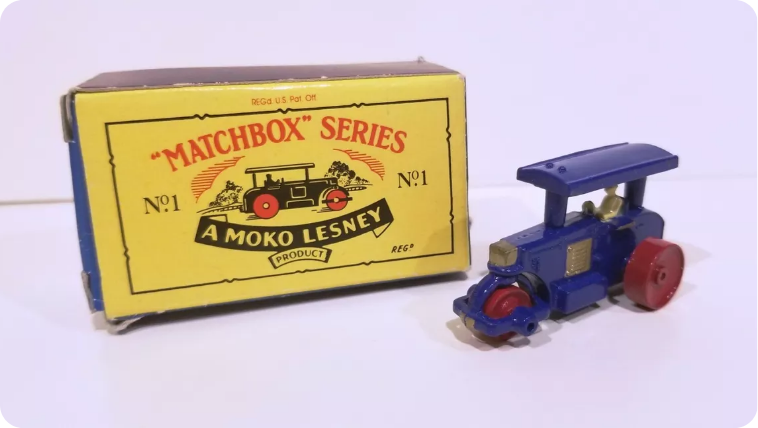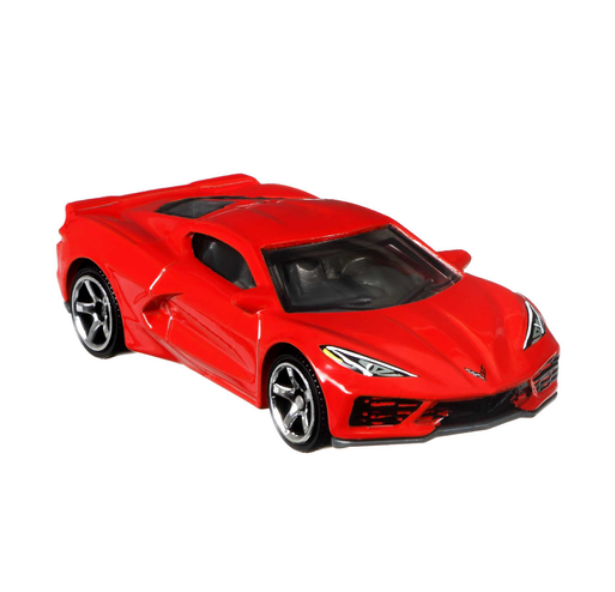Blog
The Ultimate Showdown: Hot Wheels vs. Matchbox History
The world of diecast cars has long been dominated by two iconic brands: Hot Wheels and Matchbox. While both have captured the imaginations of car enthusiasts and collectors alike, they have very different histories and styles. This article explores the rivalry between these two titans, from their origins to the eventual acquisition of Matchbox by Hot Wheels’ parent company, Mattel.
The Origins of Matchbox: A Legacy Begins
Matchbox was founded in 1953 by Lesney Products, a British company that specialized in small-scale diecast models. The brand’s name came from its innovative packaging: each car was designed to fit into a matchbox, making them portable and easy for children to carry. Matchbox quickly became a global sensation with its realistic, highly detailed models of everyday vehicles like trucks, buses, and cars.
In the early years, Matchbox focused on producing replicas of real-world cars, which appealed to collectors who appreciated the authentic designs. Their cars became a staple in toy collections around the world.

Hot Wheels: A Bold New Competitor
In 1968, Mattel introduced Hot Wheels, a new brand of diecast cars that immediately stood out. Hot Wheels’ cars were fast, flashy, and full of fantasy elements. Unlike Matchbox, Hot Wheels emphasized bold colors, exaggerated designs, and performance on orange plastic tracks. Hot Wheels cars were designed to not only look good but to race at high speeds on their custom tracks, adding an element of fun and excitement.
Hot Wheels’ emphasis on performance and flair helped it quickly become a competitor to Matchbox. While Matchbox cars focused on realism, Hot Wheels tapped into kids’ imaginations with designs inspired by futuristic and custom cars. The diecast car industry now had two very distinct leaders.

The Battle for the Diecast Crown
Throughout the 1970s and 1980s, Hot Wheels and Matchbox battled for dominance in the diecast toy car market. Matchbox continued to stick with realistic designs, often producing models based on popular cars and utility vehicles. On the other hand, Hot Wheels pushed the boundaries with wild, innovative designs. The competition was fierce, and each brand built a loyal following of collectors and fans.
Matchbox cars were known for their attention to detail, making them popular with older collectors who appreciated their accurate depictions. Meanwhile, Hot Wheels appealed to younger audiences who loved the idea of racing and performing stunts with their cars.
Matchbox Joins the Mattel Family
By the mid-1990s, Matchbox faced financial difficulties and was struggling to maintain its market share. In 1997, Mattel—the company behind Hot Wheels—stepped in and purchased Matchbox from Tyco Toys, bringing the two rivals under one roof. Despite now being part of the same family, Mattel wisely decided to keep the two brands distinct. Matchbox continued to focus on realism, while Hot Wheels remained the brand for speed, creativity, and bold designs.
This acquisition marked the end of the diecast rivalry in one sense, but it also allowed both brands to thrive. Today, collectors can enjoy the best of both worlds: the authenticity of Matchbox and the adventurous spirit of Hot Wheels.


Why Collectors Love Both Brands
Even though Hot Wheels and Matchbox are now part of the same company, collectors continue to appreciate their distinct styles. Matchbox is perfect for fans who want realistic, highly detailed models, while Hot Wheels offers a fun, vibrant alternative with cars that look like they belong in a fantasy world.
Both brands have carved out their own niche in the diecast market. Whether you prefer the lifelike quality of Matchbox or the creative flair of Hot Wheels, there’s no denying the influence of these iconic brands.
Pro tip: Display your diecast collection—whether it’s Hot Wheels, Matchbox, or both—in premium acrylic cases to protect and showcase their designs.
The Legacy of Hot Wheels and Matchbox
Hot Wheels and Matchbox may have started as fierce competitors, but today they complement each other as part of the same company. Together, they continue to inspire and delight collectors around the world. From the detailed craftsmanship of Matchbox to the imaginative flair of Hot Wheels, both brands offer something unique for fans of all ages.

